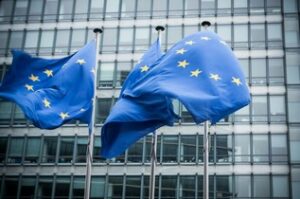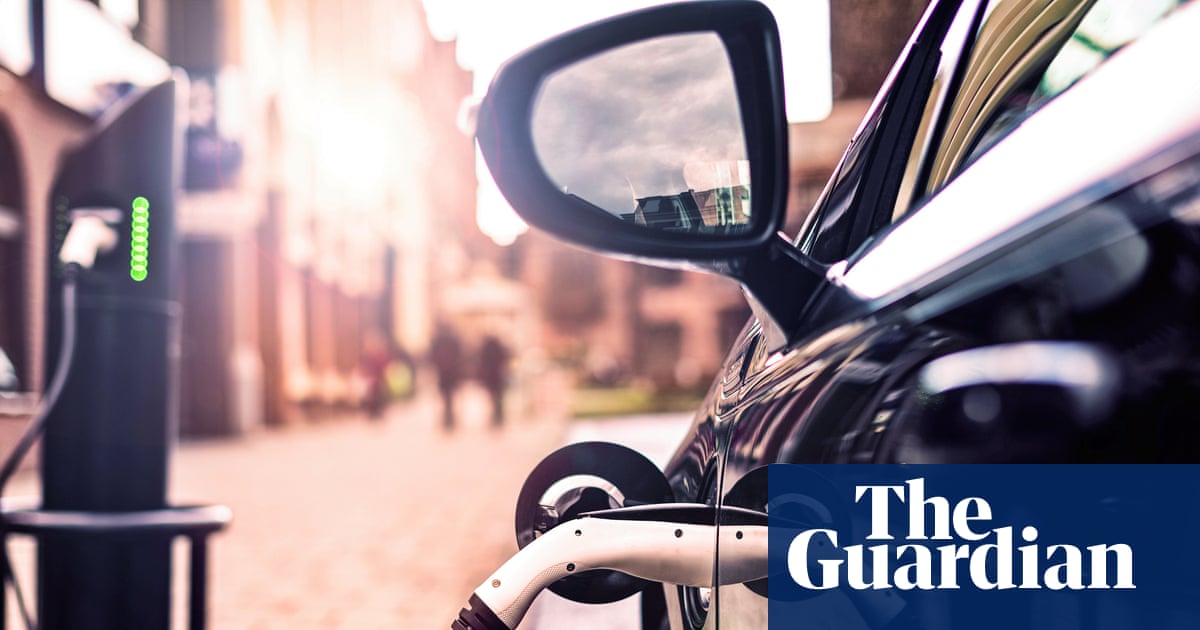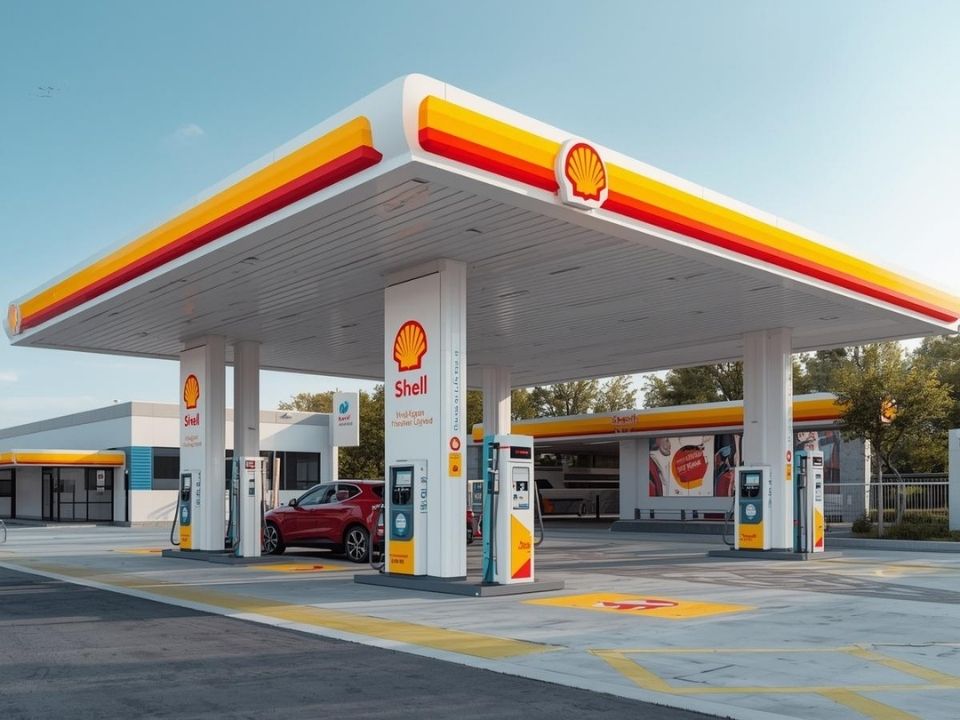Eviden’s solutions will be integrated into a collaborative security testing platform, allowing European essential service providers to assess their cyber threat resilience strategy
Paris, France – 20 November 2025
Eviden, the Atos Group product brand leading in advanced computing, cybersecurity products, mission-critical systems and vision AI, today announced that it has won a call for projects from the European Cybersecurity Competence Center and Network (ECCC)[1] to improve the cyber protection and resilience of European critical infrastructures.
This ECCC initiative aims to develop a strong and coherent community around cybersecurity issues by strengthening collaboration, knowledge sharing and the deployment of innovative cybersecurity solutions on a European scale.
The CIPHER[2] (Cybersecurity Intelligence, Protection and Holistic Enterprise Resilience) consortium will directly contribute to the ECCC’s mission to strengthen Europe’s digital resilience by providing a standardized, collaborative facility for testing, validating, and certifying the cybersecurity posture of essential service operators.
Led by Eviden, CIPHER brings together 13 partners from 7 European countries — including critical infrastructure operators, research organizations, and cybersecurity SMEs — ensuring a strong, multi-sectoral approach to advancing Europe’s cyber resilience.
For more information, please click here.
***
[1] ECCC https://cybersecurity-centre.europa.eu/index_en is Europe’s executive agency responsible for coordinating investments in cybersecurity research, innovation and industrial development in relation to a network of National Coordination Centres (NCCs) composed of national cybersecurity authorities, industry, start-ups and research centres. Initiated by ECCC, CIPHER strengthens detection and coordination capabilities at the European level through technological innovation and automation, meeting the objective set by ECCC to deploy concrete digital security solutions. ECCC is involved in the Digital Europe Programme (DIGITAL).
[2] CIPHER is funded under the European Commission’s Digital Europe Programme (DEP) through the ECCC ‘Cybersecurity Deployment’ call, which supports the large-scale deployment of cybersecurity capacities across the EU.






